Clothes, in diplomacy, are never merely clothes.
They are not plucked from wardrobes in the soft chaos of an indecisive morning, but composed under the weight of protocol, symbolism, and the quiet gravity of negotiation. In the world’s most rarefied rooms, fabric speaks first. Words follow, rationed like gold.
Every fold and fibre becomes a footnote to foreign policy, every hue a calculated overture. The garments that matter most are not those that light up runways, but those that, quietly, alter the temperature of a conversation.
In diplomacy, attire is not left to whim. It sits within a web of formal protocol, cultural expectation, and more often than acknowledged and realised, legal advisories from state departments and foreign offices. Diplomats script their attire for official visits, researching every detail to prevent cultural missteps and to project deliberate symbolism.
Attire as Accord
A Prime Minister draped in the national weave of a host country is not merely performing courtesy. Still, it is a sartorial olive branch codified in the unwritten statutes of soft power. When the late Queen Elizabeth II visited Ireland in 2011, her emerald green coat and hat were as calculated as her speech at Dublin Castle, signalling reconciliation after decades of tension. Similarly, Catherine, Princess of Wales, in an Anita Dongre tunic during her 2016 tour of India, offered a gesture that blended local craft with royal formality, bridging cultures through India’s vibrant design heritage.
The same holds in Washington’s East Room, where First Lady Jill Biden hosted Singapore’s Prime Minister in a navy Oscar de la Renta dress embroidered with orchids, Singapore’s national flower. This was not ornamentation but a legally precise and culturally astute emblem of respect, reinforcing bilateral ties without a word spoken.
Behind each of these choices lies a quiet due diligence: legal teams reviewing cultural taboos, embassy advisors flagging prohibited colours or symbols, and designers briefed on the diplomatic context. Fashion here is not decorative; it is a compliant instrument of statecraft.
National Motifs as Intellectual Property
When a diplomat wears a national motif abroad, it is not only a patriotic display but also the export of intangible cultural property. The embroidery on a Palestinian keffiyeh, the intricate kasuti stitch from Karnataka, and the Māori korowai cloak each carry a lineage of artistry protected, in varying degrees, by domestic and international IP regimes.
Some nations have taken steps to safeguard these cultural identifiers. Panama’s mola designs, for example, are protected under Geographical Indication laws, restricting unauthorised reproduction. Similarly, Bhutan has codified its kira and gho in national dress regulations, effectively creating a legal monopoly on their authentic production design. When such motifs appear in diplomatic wardrobes, they are not merely symbolic but, in many cases, licensed or sanctioned by the state to prevent cultural dilution.
The stakes are evident. In 2018, when New Zealand’s Prime Minister Jacinda Ardern wore a kahu huruhuru (feathered cloak) to meet the Queen, it was both a cultural honour and a declaration of ownership: Māori artistry belongs to its community, not the global fast-fashion market. In this context, diplomatic fashion serves as a live demonstration of World Intellectual Property Organisation (WIPO) principles, centred around cultural heritage as an asset, protected and presented on the global stage.
Without these protections, the risk of cultural appropriation is amplified. A royal consort’s gown could easily be replicated by foreign brands within hours of an appearance, stripping the design of both its origin story and economic value. For states with rich craft traditions, embedding IP protections into their sartorial diplomacy is not only prudent, but it is a form of legal armour. But not all sartorial diplomacy seeks harmony; sometimes, it disrupts.
The Diplomatic Rebel
Diplomatic wardrobes are often designed to soothe, to unify, to reassure. But sometimes, the most resonant garment statements are those that deliberately disrupt. Clothing, in these moments, ceases to be mere protocol and becomes a legal and political act — a form of protected expression under domestic free speech laws or international human rights frameworks.
In 2019, U.S. Congresswomen, including Alexandria Ocasio-Cortez, attended the State of the Union address in all-white ensembles, invoking the suffragette movement and signalling solidarity on women’s rights. The choice was deliberate, lawful, and amplified by the media as much as any policy statement.
On the royal stage, Queen Máxima of the Netherlands wore a bright orange gown—the colour of the Dutch royal house—during tense EU budget talks in Brussels, a subtle assertion of national pride amidst fiscal negotiations. Across the Atlantic, Michelle Obama’s wardrobe choices at the Vatican told a similar story of symbolism: in 2009, she observed protocol with a black lace veil before Pope Benedict XVI, but by 2013 she arrived before Pope Francis in a sleeveless black dress without a veil—a quiet modernisation of tradition and an unspoken nudge toward evolving norms.
Such acts skirt the line between diplomacy and dissent. While diplomatic immunity may shield some figures from legal repercussions, others operate within carefully calculated risk, ensuring their attire complies with host country laws while still delivering the intended message. In these instances, the wardrobe is not an accessory to diplomacy. It is diplomacy.
Trade, Treaties, and Textiles
Fashion can be freight; a carrier of commerce, diplomacy, and tradition disguised as cloth. A silk stole at a summit or a head of state draped in the host nation’s textile is at once courtesy and commerce, a gesture that doubles as a nod to industries worth millions. When India’s Prime Minister presents Banarasi sarees to visiting leaders, it is as much an export pitch as it is a diplomatic gesture.
Such gestures can alter market trajectories. A single diplomatic appearance in a designer’s work can significantly boost demand, functioning as soft trade policy alongside tariffs and treaties. Under UNESCO conventions and WTO cultural exception clauses, textiles often enjoy protections and tariff exemptions as heritage goods, thereby giving legal weight to what might seem like a fleeting style choice. In diplomacy, a garment is not worn; it is wielded.
Cultural Diplomacy through Couture
Some diplomacy is tailored. Fashion houses often act as cultural envoys, telling national stories that politics cannot. When Crown Princess Masako wears Nishijin silk abroad, every motif is both heritage and intellectual property under Japanese law.
Designers like Gabriela Hearst embed national crafts into pieces worn by global figures, turning couture into a cultural export. Under the EU and UNESCO frameworks, such textiles are considered legitimate diplomatic tools. But these collaborations demand precision: a misstep in colour or cut can cause friction; a well-judged design can unlock decades-old stalemates. In the right hands, a sketch can be as potent as a treaty.
The Archive of Influence
In diplomacy, moments are fleeting, but images endure. A photograph of a First Lady’s gown at a state banquet, a monarch’s choice of national weave on foreign soil; these become part of the visual archive of statecraft, preserved alongside communiqués and accords.
Unlike seasonal trends, diplomatic fashion does not fade; it ossifies into history. Jackie Kennedy’s Givenchy during her 1961 Paris trip, Queen Elizabeth II’s emerald coat in Dublin, or Michelle Obama’s Naeem Khan gown at the State Dinner for India, all now live in the collective memory as chapters of political narrative. Each garment not only reflected the cultural currents of its time but also cemented trade relationships, reinforced cultural bonds, and even reframed diplomatic dialogue.
Legally, these artefacts exist at the nexus of intellectual property, state protocol, and cultural heritage. They are not just owned garments. They are owned symbols, often preserved by national archives, subject to conservation standards and reproduction rights. The dress becomes both evidence and an emblem: evidence of a moment in bilateral relations, a sign of a nation’s soft power.
And like any archive, it carries lessons. A hemline can tell you more about the tenor of a summit than a transcript; a fabric choice can reveal the quiet successes or subtle tensions that words never recorded. The law in this context becomes the custodian, ensuring that the cultural, commercial, and diplomatic value of these garments is neither diluted nor lost.
In the end, a diplomatic wardrobe is never accidental. It is a carefully edited anthology, stitched over decades, where each look is a paragraph in a country’s foreign policy, bound in silk and statute.



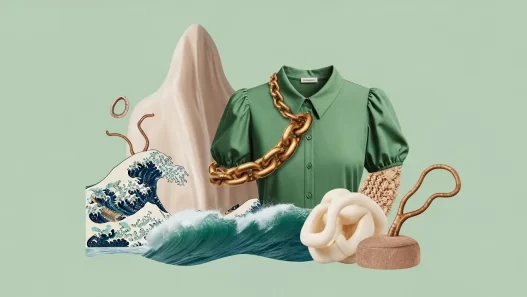



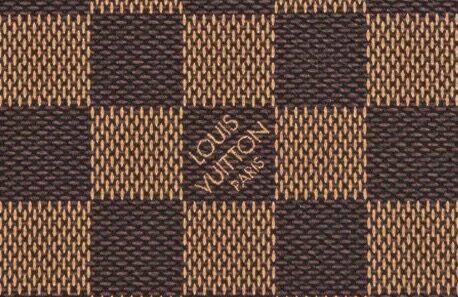
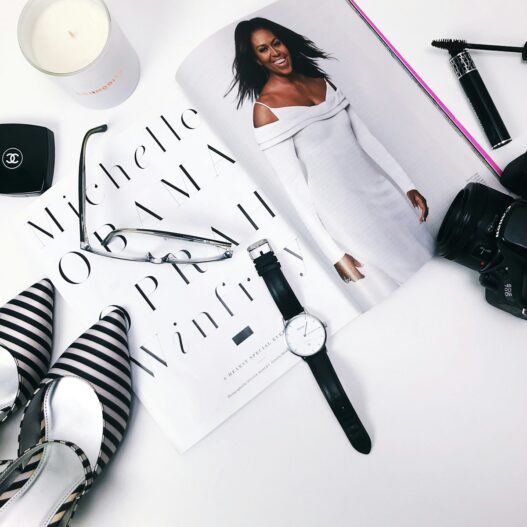
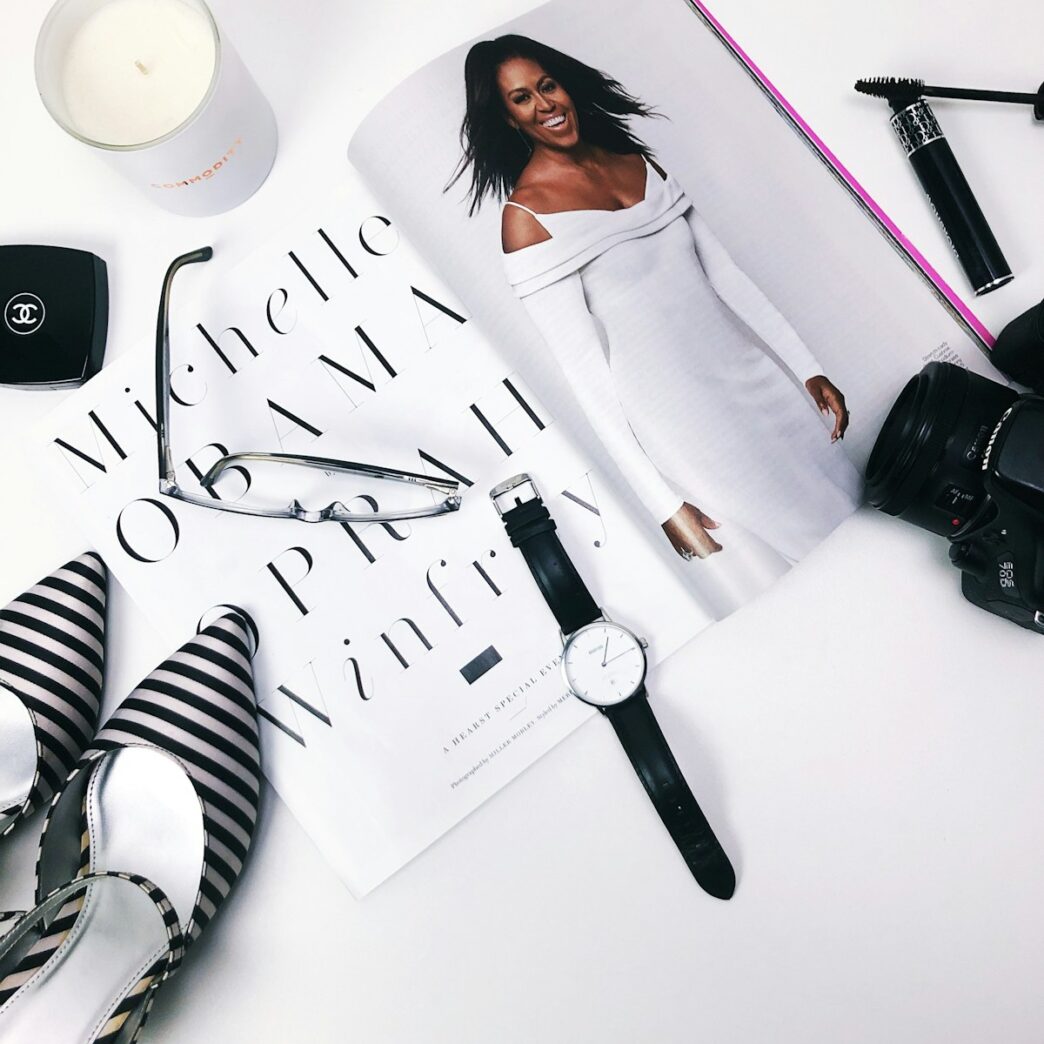



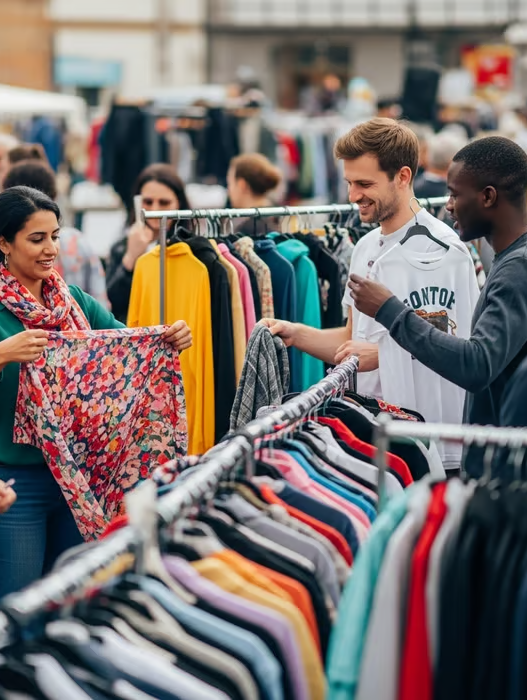
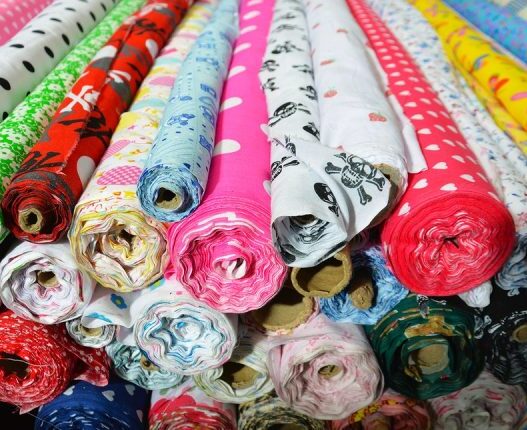


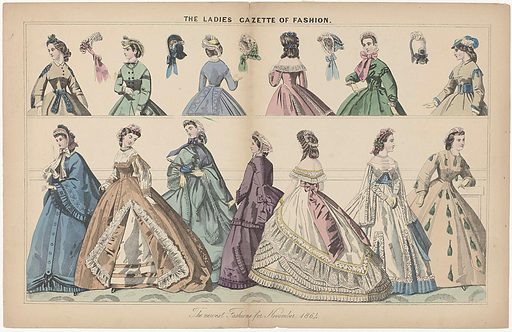

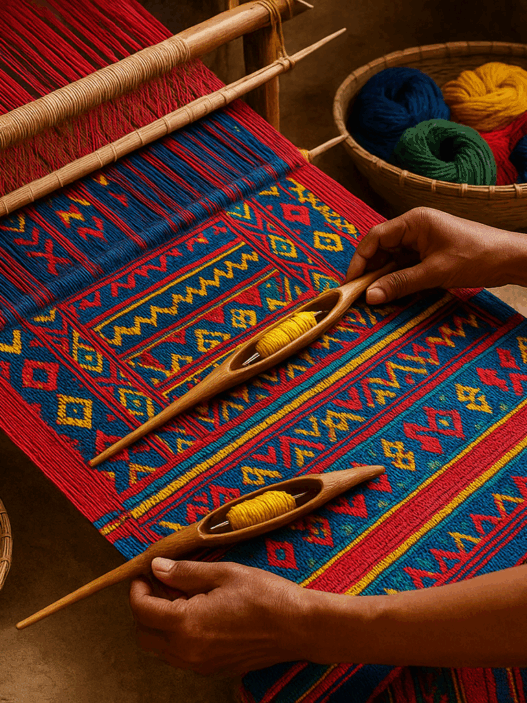
An absolutely brilliant piece, Aastha Kastiya. The way you have shown how wardrobes can become instruments of diplomacy- stitched with law, culture, and symbolism – is powerful and refreshing. Every paragraph feels like a legacy note, turning fashion into statecraft. Truly proud to see such original, thought-provoking writing.